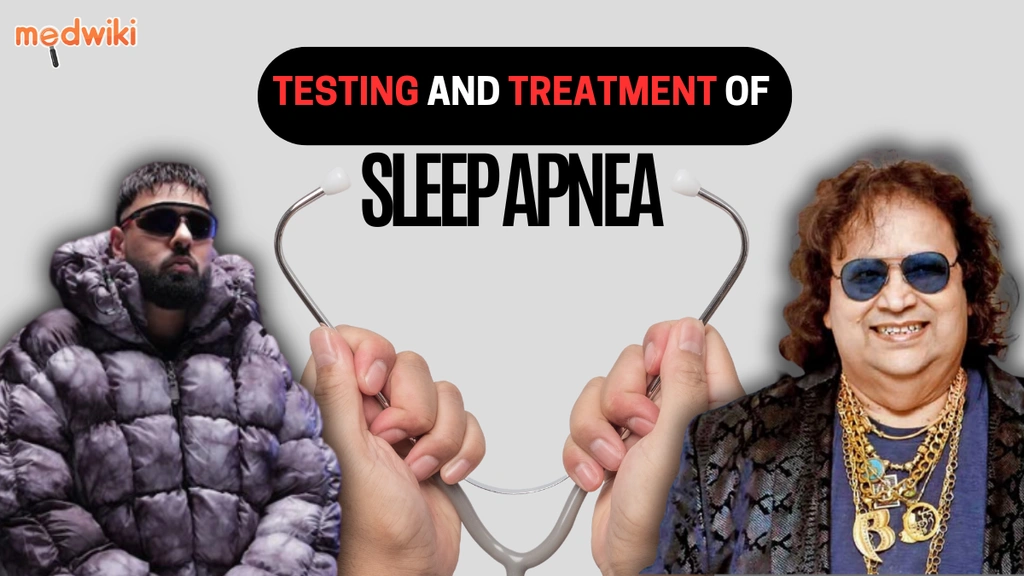Orofer FCM 50mg Injection 10 ml
Introduction to Orofer FCM 50mg Injection 10 ml
Related Faqs

What precautions are required while administering Encicarb?
Encicarb should be administered by staff that is trained in dealing with serious allergic reactions (anaphylactic reaction). Encicarb can be administered as an undiluted injection, directly into the vein or via a dialyzer if the patient is on dialysis. It can also be diluted with sodium chloride and given as infusion directly into the vein. The patient should be monitored for at least 30 minutes after each injection. Also, the injection should not be given below the skin (subcutaneous route) or in the muscle (intramuscular route).

What should be done if leakage of Encicarb occurs?
Incorrect administration of Encicarb may cause leakage of the medicine at the administration site. The administration must be stopped immediately if there is some leakage. The leakage may cause skin irritation and long-lasting brown discoloration of skin at the administration site.

Is Encicarb safe in pregnancy?
There is limited data on the use of Encicarb in pregnancy. It is important to tell your doctor if you are pregnant or are planning to have a baby. Consult your doctor if you become pregnant during treatment with Encicarb. Your doctor will decide whether you need to continue treatment or discontinue it.

What precautions are required while administering Encicarb?
Encicarb should be administered by staff that is trained in dealing with serious allergic reactions (anaphylactic reaction). Encicarb can be administered as an undiluted injection, directly into the vein or via a dialyzer if the patient is on dialysis. It can also be diluted with sodium chloride and given as infusion directly into the vein. The patient should be monitored for at least 30 minutes after each injection. Also, the injection should not be given below the skin (subcutaneous route) or in the muscle (intramuscular route).
Disclaimer : This information is not a substitute for medical advice. Consult your healthcare provider before making any changes to your treatment . Do not ignore or delay professional medical advice based on anything you have seen or read on Medwiki.
Orofer FCM 50mg Injection 10 ml
Prescription Required
Packaging :
vial of 10 ml injection
Manufacturer :
Emcure Pharmaceuticals LtdComposition :
Ferric Carboxymaltose (50mg/ml)

















.svg)